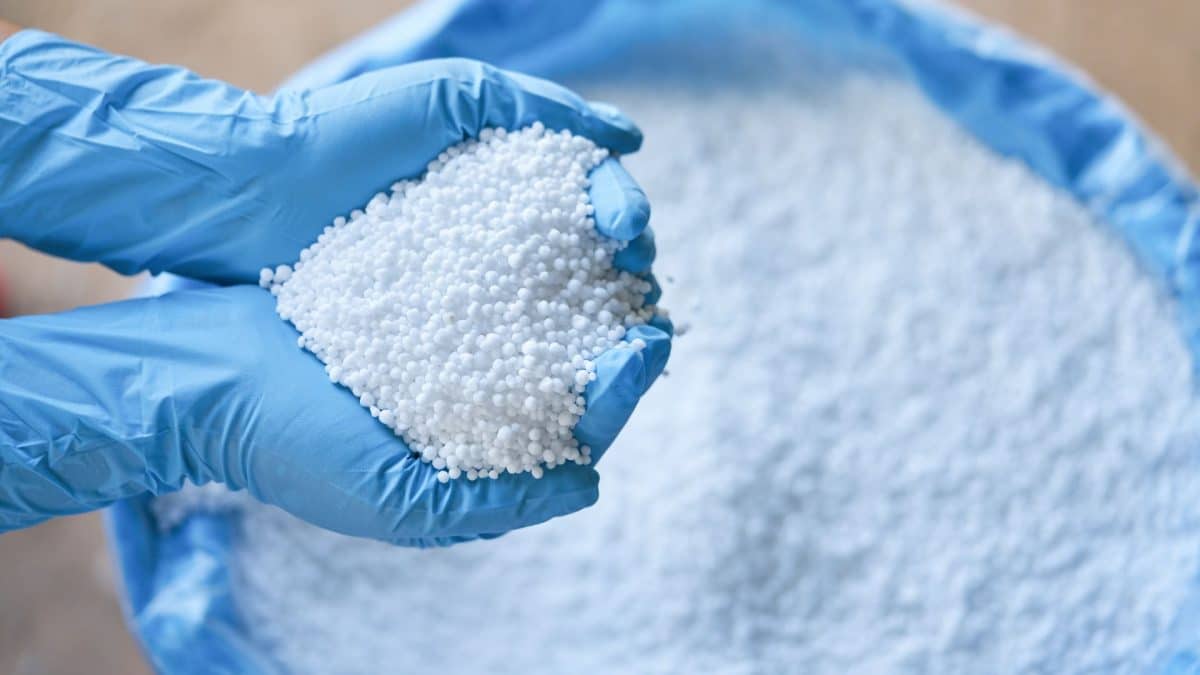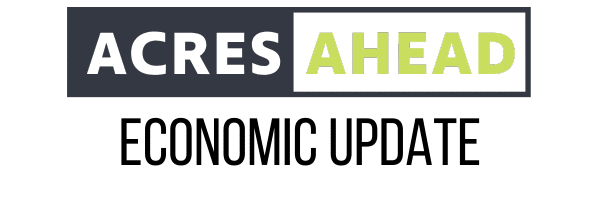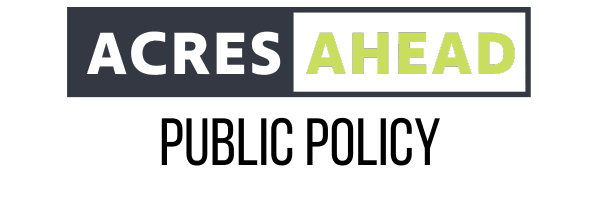Why can’t I access this file?
Possible reasons you cannot access this file:
- Your membership has expired.
- The file is restricted to certain users.
If you are seeing this message in error, please contact us.

Formaldehyde may not immediately spring to mind when considering agriculture, yet it plays a critical role, particularly in the production of fertilizers. Often linked with the preservation of biological specimens, formaldehyde’s agricultural importance cannot be overstated. As a naturally occurring organic compound, formaldehyde is vital for producing granular urea and slow-release urea fertilizers. However, the EPA’s newly proposed, overly conservative risk determinations on formaldehyde could drastically alter its use in agriculture, potentially leading to higher food costs and impacting crop yields.
Understanding Formaldehyde’s Agricultural Impact
Formaldehyde is crucial in producing urea and slow-release urea fertilizers. Nearly 25% of all nitrogen consumed domestically is urea. Slow-release urea fertilizers come in both solid and liquid forms and are designed to release nutrients slowly. This slow-release process reduces nitrogen runoff—limiting environmental impacts—and ensures that crops receive a steady supply of nutrients. As a result, plants are healthier and have higher yields. This method makes formaldehyde indispensable in modern agriculture, as it enhances the efficiency of plants using nitrogen and supports sustainable farming efforts.
Why Farmers Rely on Urea-Formaldehyde
The Challenge of New EPA Formaldehyde Regulations
The Environmental Protection Agency (EPA) has released its draft risk determinations for formaldehyde and a draft occupational exposure value. Industry experts have criticized these proposed limits, arguing that the restrictions are too severe, don’t align with global standards, and are not justified by the best available science. In fact, the EPA’s proposed limits are even lower than the levels of formaldehyde found in half of homes in the US. Finalization of unobtainable exposure values could disrupt the production of essential agricultural products without improving safety. This situation highlights the need for realistic regulations that balance wellness with the practical needs of agriculture.
If finalized as proposed, the EPA’s unreasonable risk determination of formaldehyde use will create a tricky situation. The subsequent risk management rule will aim to eliminate unreasonable risks by imposing unachievable workplace protections or prohibited uses that completely bring challenges for agriculture, farmers, and consumers.
Challenges from stricter regulations could impact the lives of all Americans. Potential issues include:
Formaldehyde may not be a familiar substance outside scientific and agricultural circles, but it’s essential for producing fertilizers that sustain our food supply. Although the industry is committed to working with agencies to promote the safety of the agriculture value chain, EPA’s proposed exposure limit is excessively strict and not based on the best available science. The challenge lies in balancing public health concerns with agricultural production needs. A more balanced approach to regulation would safeguard public health without disrupting the economic stability of farmers or impacting crop yields and food prices. By aligning these new regulations with practical agricultural practices and international standards, we can protect public health and support the foundation of America’s food system.

The FERT Foundation is home to 12 research projects that focus on fluid fertilizer and 4R optimization. Every week, we feature a different researcher in our publication. This week, we’re excited to introduce you to Charlie Sanchez.
Project Name: Spatial and Temporal N Management for Irrigated Vegetable Production Systems
University: University of Arizona
Years Funded: 2019-2021
4R Questions Addressed: Rate, Time and Place
This project focused on:

Possible reasons you cannot access this file:
If you are seeing this message in error, please contact us.

Possible reasons you cannot access this file:
If you are seeing this message in error, please contact us.

Possible reasons you cannot access this file:
If you are seeing this message in error, please contact us.

Possible reasons you cannot access this file:
If you are seeing this message in error, please contact us.

Possible reasons you cannot access this file:
If you are seeing this message in error, please contact us.

Possible reasons you cannot access this file:
If you are seeing this message in error, please contact us.

House of Representatives Agriculture Committee Chairman Glenn “G.T.” Thompson (R-PA) said this week that his committee will complete its work on the Farm Bill reauthorization effort to craft a new multi-year law addressing USDA programs and other things before Memorial Day. Meanwhile, this week, Senate Majority Leader Chuck Schumer (D-NY) wrote a Dear Colleague letter to senators that omits the Farm Bill entirely from a laundry list of items to address in the remainder of the year. You will note the partisan tone of Schumer’s letter that is sure not to impress Republicans — which is perfectly fine with Schumer. Nevertheless, it does lay out a broad agenda of to-do items, notably including funding Ukraine defense efforts. Thompson is a seasoned legislator who is well-respected by Republicans and Democrats alike, and he claims to have a solution that will break an impasse in the ongoing negotiations about nutrition programs. Whether he will succeed on his timeline remains to be seen. While the House and Senate each conduct business independently of each other, it is not ideal to do a bill that foreseeably cannot advance in the other chamber for an extended period of time. Much more preferable is to be able to create and rely upon momentum to move a bill through both chambers and then to the president’s desk for signing into law.

The FERT Foundation is home to 12 research projects that focus on fluid fertilizer and 4R optimization. Each week we have been featuring a different researcher in this publication, and this week, we’d like you to meet 4R Researcher Dr. Matt Yost, and introduce his project of “Stacking and Intersecting Nutrient and Irrigation 4Rs.”
Researcher:
Researcher Dr. Matt Yost, Assistant Professor at Utah State University, has been leading the project “Stacking and Intersecting Nutrient and Irrigation 4Rs” funded from 2019 to 2024. This project explores how individual and stacked nutrient and irrigation 4R’s intersect to improve the sustainability of major forage, fruit, grain, and vegetable crops in the West. It addresses both priority cropping systems and priority issues outlined in the request for proposals. Four major efforts include producer surveys to quantify 4R adoption and barriers, five coordinated field experiments that utilize a new innovative way to evaluate stacking nutrient 4R’s across crops, utilization of three existing stacked irrigation 4R experiments to quantify how 90 water conservation treatments influence nutrient uptake and efficiencies, and a dynamic multi-state coordinated outreach program to improve adoption of nutrient and irrigation 4R’s. Intersecting nutrient and irrigation 4R’s will guide investments by growers and industry towards combinations that result in the most profitable and sustainable outcomes.
Dr. Yost’s work aims to: